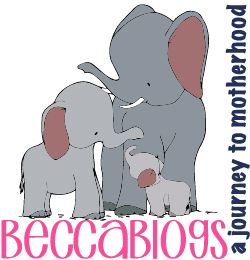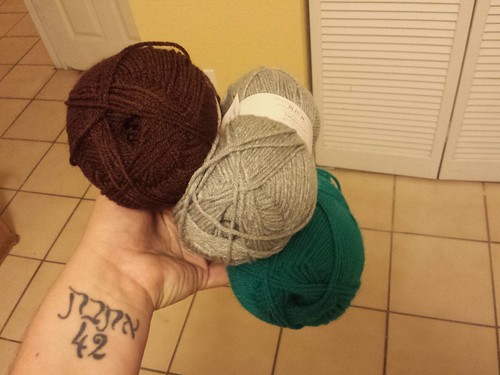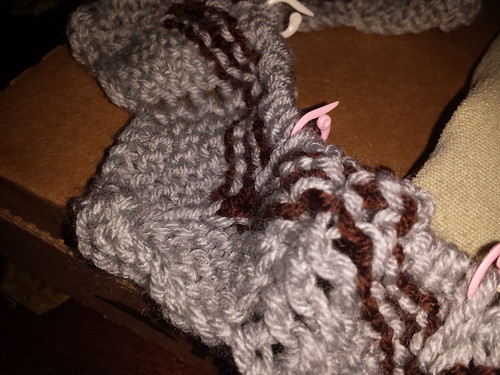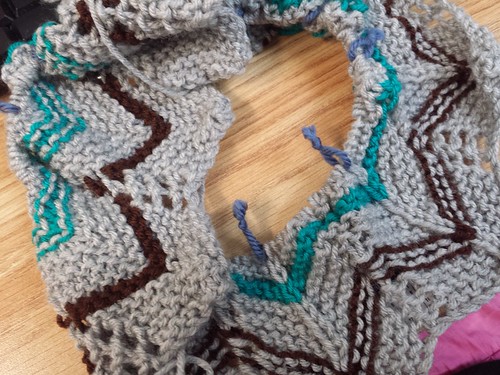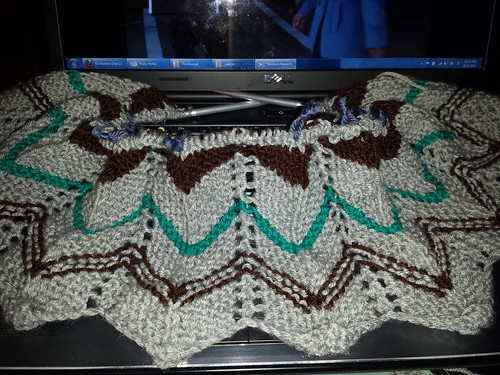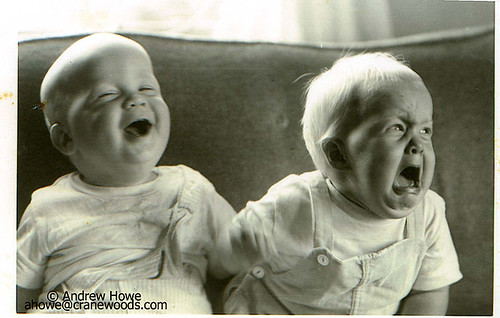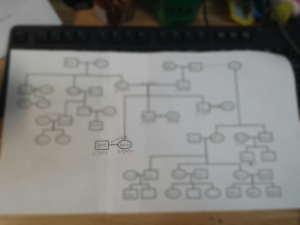There are so many misconceptions about adopting from foster care. Are you guilty of any of these? There’s actually a huge list over at AdoptUSKids, but I’m only putting the ones I’ve heard questions or comments about here.
+++++
Myth: There are no orphans in the United States.
Reality: There are 104,000 children in the U.S. foster care who are legally free and currently waiting for an adoptive home.
I only want one… for now. And yeah, no more orphanages. I hear this question/comment from quite a lot of people! – RBF
Myth: You have a to have a lot of money and own a house to adopt from foster care.
Reality: You don’t need to own your own home, be wealthy, have children already, or be a stay-at-home parent to adopt. Most adoptions from U.S. foster care are free and any minimal costs associated with them are often reimbursable.
Myth: Only married couples with a stay-at-home parent can adopt children from foster care.
Reality: In most instances, a person’s marital status, age, income, or sexual orientation do not automatically disqualify them from eligibility to adopt. You don’t need to own your own home, have children already, be young, wealthy, or a stay-at-home parent. In 2011, 32 percent of children adopted from foster care were matched with either a single-parent household or unmarried couple. This includes adoptions by lesbian, gay, bisexual, and transgender (LGBT) families.
There are plenty of single parents out there and actually, there are 4 in our class of 19. – RBF
Myth: You can only adopt a child who is the same race and ethnicity as you.
Reality: Federal law prohibits the delay or denial of an adoptive placement based on the race or ethnicity of a child in U.S. foster care and the prospective parent or parents who are seeking to adopt them. The only exception to this law is the adoption of Native American children where special considerations apply.
We actually learned in class last night that a good number of African American children request adoption placements with Caucasian or Hispanic families. – RBF
Myth: All children in foster care have special needs and require special education.
Reality: Many children in foster care are regular children who unfortunately had to be removed from their families due to abuse or neglect. A child with special needs should not be confused with a child who requires special education. The term “special needs” simply refers to children who qualify for adoption assistance due to specific factors or conditions such as:
- Being an older child
- Having a particular racial or ethnic background
- Being part of a sibling group needing to be placed together as one unit
- Medical conditions
- Physical, mental, or emotional handicaps
Myth: You’re not allowed to adopt children you foster.
Reality: While slightly more than half of all children who enter foster care return to their birth families, there are still thousands of children who cannot return home. Of the 51,000 children in foster care adopted last year, 54 percent were adopted by their foster parents.
We were told that the Foster to Adopt path can be the most emotionally difficult. Hoping/expecting to adopt a child placed with you and having them reunified is heart breaking. Ultimately, the system is to help the children, but the attachments that form (for both the kids and parents) can be painful just the same. The whole time they’re in your home, you have to be their birth parents cheerleader and hope for the reunification, even if you hope to adopt him or her. – RBF
Myth: You can’t adopt a neighbor’s child or one you know personally or professionally.
Reality: When a child is removed from their home by a court order and is placed into U.S. foster care, and then later becomes available for adoption (due to birth parents’ rights being legally terminated), a caseworker will often explore connections the child already has with supportive adults in their life as possible placements for adoption or foster care.
So, um, know any kids that need a forever home? Kidding! ..yes, kidding. – RBF
Myth: Each child has to have a room of their own.
Reality: Each child needs a bed of their own, not a room of their own.
We would adopt siblings of opposite sex and thus would need separate rooms. In the end, we decided on a single child for our first placement. – RBF
Myth: Adopting or fostering a child who’s been removed from the care of their birth parents is dangerous.
Reality: Children in foster care are regular children who, through no fault of their own, had to be removed from their families due to abusive or neglectful situations. As for a child in foster care having continued contact with their birth family, it will vary depending on the specifics of the case and the placement being considered for the child.
For adoptive placements, very few birth parents reappear after their parental rights have been legally terminated. In the instances where children have continued relationships with birth relatives, it’s because the arrangement will be beneficial, safe, and healthy for all involved.
For foster care placements, most children placed in your home will have regular, court-ordered visits with their birth parents. This is an important part of the reunification process and you play an important role by working with the child’s caseworker to decide the location and time of the visits. The court decides whether the visits will be supervised.
I get some variation of this a lot. There are NO GUARANTEES about any child whether they are biologically yours, adopted as an infant, or as an older child. Depending on how much of, or even if you will have, an open adoption is done on a case by case basis. Even if the birth parents want no contact, there may be extended family that, for some reason, could not take care of the child but still wants to be a part of their life. – RBF
Myth: You can’t adopt a child or sibling group from another State.
Reality: There are 104,000 children in U.S. foster care available for adoption. Families adopt children from outside their State every single month. Sometimes these adoptions can take a little longer because of the process involved with moving a child from one State to another. However, the wait is worth it in the end.
We are opting to stay within FL due to the college benefits. *Most* other benefits are similar state-to-state. – RBF
Myth: A birth parent or another relative can take an adopted child back.
Reality: Adoptions of children from U.S. foster care are legally binding agreements that do not occur until the rights of all parents have been legally terminated by a court of law. It’s very rare that an adoption is challenged in court by a child’s birth relative. More than 98 percent of legally completed adoptions remain intact.
For adoptive placements, very few birth parents reappear after their parental rights have been legally terminated. In the instances where children have continued relationships with birth relatives, it’s because the arrangement will be beneficial, safe, and healthy for all involved.
For foster care placements, most children placed in your home will have regular, court-ordered visits with their birth parents. This is an important part of the reunification process and you play an important role by working with the child’s caseworker to decide the location and time of the visits. The court decides whether the visits will be supervised.
One of the top questions I get… No, we aren’t worried that his parents will come back and take him. And we will decide how open a relationship we will have with his extended family. – RBF
